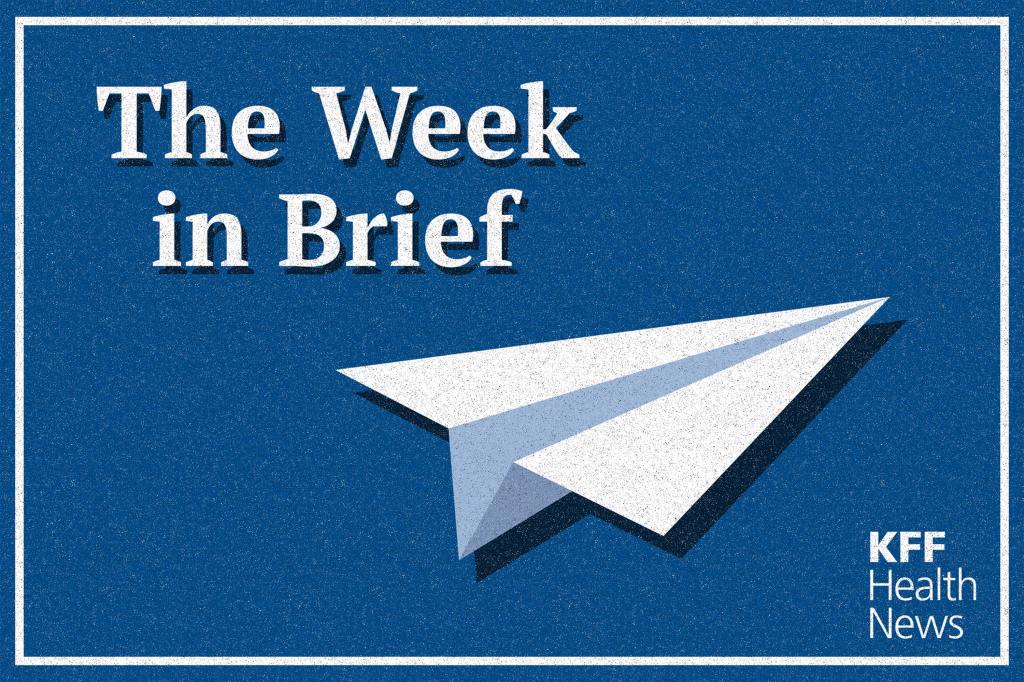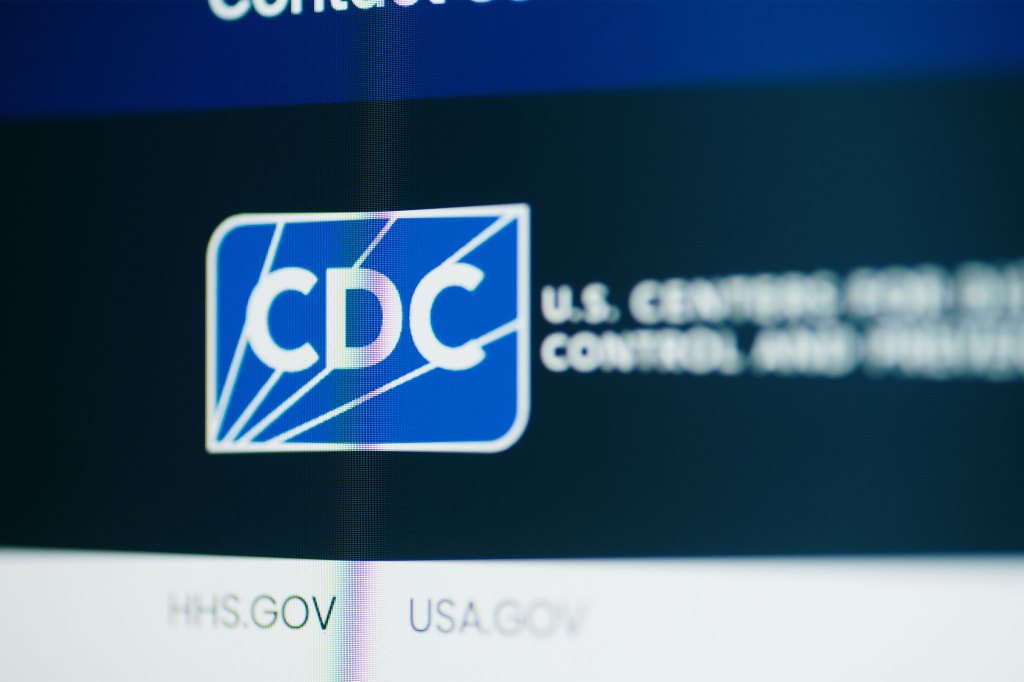Last month, the American Heart Association (AHA) and American College of Cardiology (ACA) put out a statement on how new cardiovascular medical technologies should be evaluated from a cost and value standpoint (Kazi et al. 2025). This is an update from their 2014 cost/value methodology (Anderson et al. 2014). What does the AHA/ACC statement say? Here are some highlights in a Q&A format.
Does the AHA/ACC adopt a cost effectiveness based approach to measuring value?
Yes! Why does it do
this?
Because societal resources are finite, resources used to deliver 1 type of health intervention (eg, a novel treatment for heart failure) are then no longer available to provide other health care interventions (eg, screening for hypertension) or, more broadly, to address other societal priorities beyond health care. Optimal allocation of societal resources creates a need to understand trade-offs between alternative uses of available resources, because committing resources to a particular option generates the “opportunity cost” of foregone benefits that would have accrued if the resources had instead been committed to an alternative.
Does AHA/ACC recommend using QALYs?
Yes, but life years as well. Novel measures of effectiveness are also (briefly) discussed.
Economic value statements should incorporate findings from available CEAs that measure health outcomes in terms of QALYs and life years, and, where available, equal value of life years or health years in total. While we recognize that the QALY is an imperfect measure, it provides useful insights about the efficiency of resource allocation.
Should health equity be considered in the value assessment?
Yes!
Health equity is a central and crucial part of health care quality, and no assessment of value is complete without consideration of equity implications… For evaluations that result in an efficiency-equity trade-off…[t]his can be done through the use of formal approaches that quantitatively account for the impact of an intervention on health disparities (distributional CEA) or catastrophic out-of-pocket expenditures (extended CEA).
How should the quality of the economic evaluation be assessed?
ACC/AHA recommend using the Criteria for Health Economic Quality Evaluation (CHEQUE) from Kim et al. 2023 in order to “…evaluate the methodological rigor of a health economic study by providing a structured examination of key structural components of an analysis and helping define how much the study deviates from a preferred reference case.” They note that while CHEQUE is a helpful tool, expert judgement is still required.
Does AHA/ACC take a societal perspective?
The AHA/ACC guidance cites the Second Panel on Cost Effectiveness in Health and Medicine (Sanders et al. 2016) that a societal perspective should be used. They also note that “time costs of seeking care, transportation costs, and costs resulting from decreased productivity in the labor market, voluntary work, and in-household production…can be particularly important for cardiovascular disease.” However, they also note that these data points are often not available. Thus, they recommend using a health system (i.e., payer) perspective as the base case and a societal as a sensitivity analysis:
Economic value statements in ACC/ AHA guidelines should be based on CEAs that adopted a health care sector perspective, and results from the societal perspective, if available, should be reported in the supporting text… caregiver time or productivity losses, are excluded from a CEA that adopts a health care sector perspective but are included in a CEA that adopts a societal perspective.
What is the recommended time horizon?
Lifetime. At a minimum ” an analytic horizon long enough to fully capture the health effects and resource use”. However, since cardiovascular conditions are often long-term, a lifetime is preferred as the default.
How should costs be adjusted for inflation?
They do NOT recommend using the BLS CPI, citing research from Dunn et al. 2018.
Health care cost inputs from older studies should be inflated using the Personal Health Care Expenditure deflator developed by the Centers for Medicare and Medicaid Services or the Personal Consumption Expenditure price index developed by the US Bureau for Economic Analysis.43,44 Note that the medical care component of the Consumer Price Index excludes expenditures by third-party payers, which makes it a biased indicator of overall inflation in health care costs, and is unsuitable for use in CEAs.
What discount rate is recommended?
3%, but researchers should conduct sensitivity analyses varying this value from 2% to 9%
What cost effectiveness threshold is used?
$120,000/QALY.
They cite research from Van Ness et al. 2021, Phelps 2019, and Pichon-Riviere et al. 2023 to make this determination. Previously, AHA/ACC used <$50,000 per QALY as high value, $50,000-$150,000/QALY as intermediate value, and >$150,000/QALY as low value.
Will the same cost effectiveness threshold be used for rare diseases and gene therapies?
…we propose that rare disease drugs and gene therapies be evaluated using the standard cost-effectiveness threshold ($120000 per QALY gained) for the base-case scenario but with heightened consideration of contextual factors around severity of disease, unmet need, health equity, and access to care
How will ACC/AHA format their recommendations?
There are 3 components: 1) Class of Recommendation; 2) Level of Certainty; and 3) Recommendation. The first is related to cost effectiveness analysis. The level of certainty is largely based on whether the findings are robust across CEA studies and based on sensitivity analyses. The specific recommendation format combines these two factors and qualitative features and expert opinion. AHA/ACC has recommended formats in the full paper.







